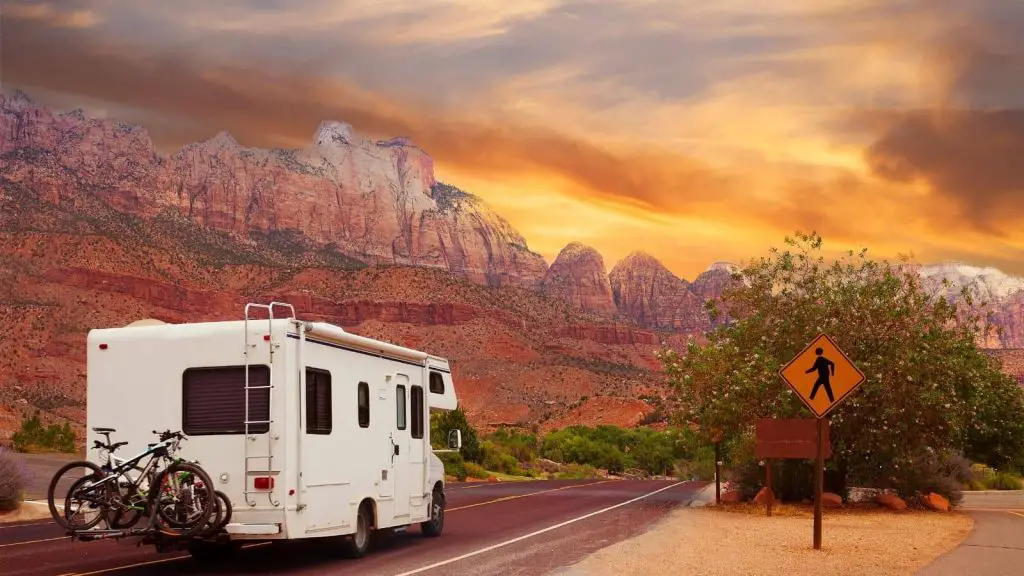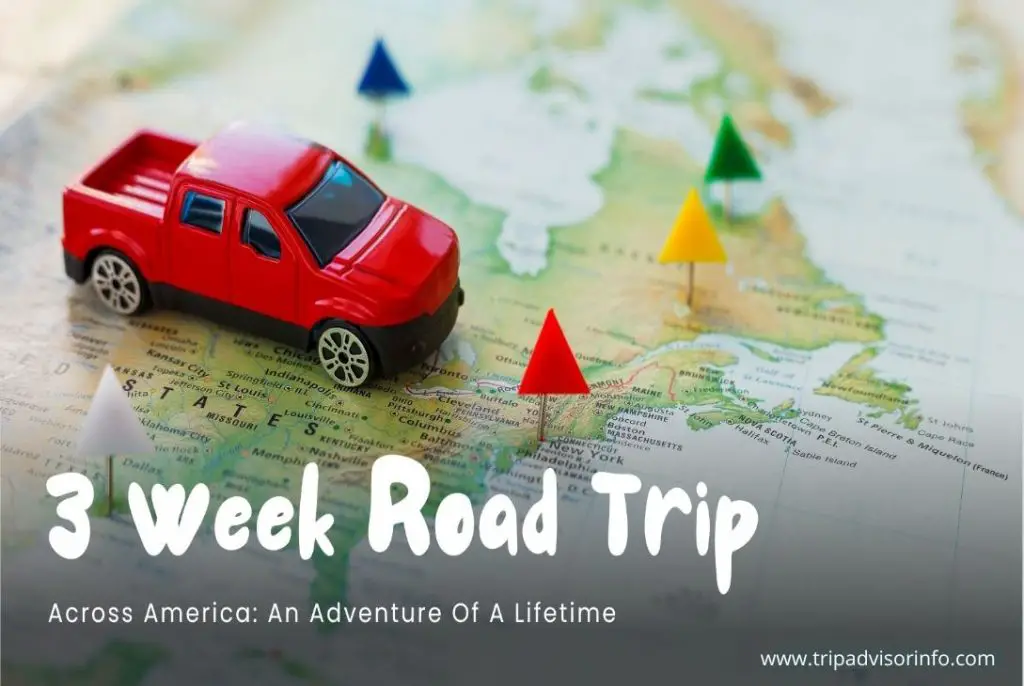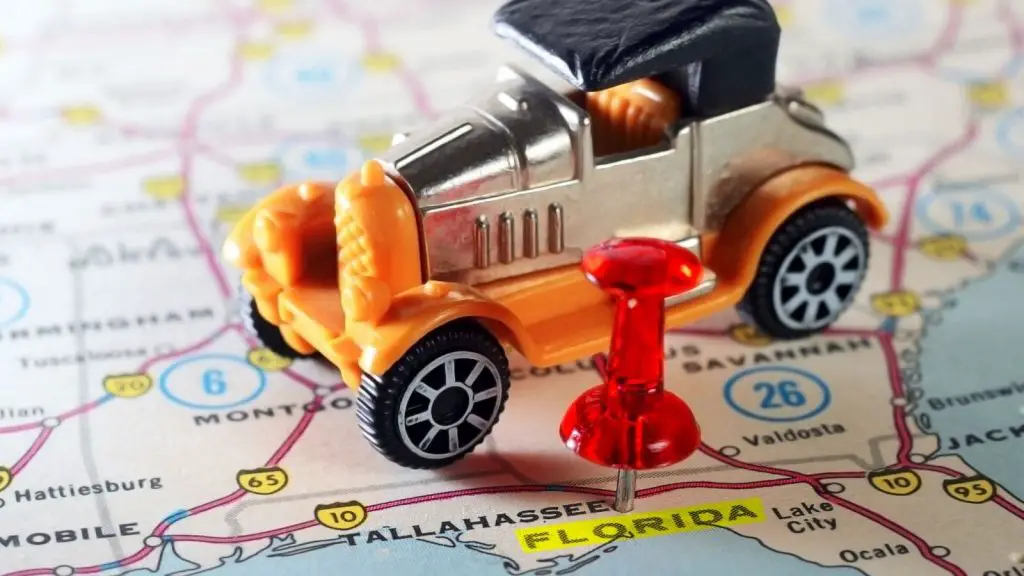The Capitol Reef National Park is a United States National Park that is located in the south-central area of the state of Utah. The article will discuss why Capitol Reef should be your next road trip destination?
Are you looking for a breathtaking road trip destination? Look no further than Capitol Reef National Park.
The park is a nature lover’s paradise with its rocky canyons and soaring cliffs. Best of all, it’s just a few hours from Salt Lake City, making it the perfect weekend getaway spot.
So what are you waiting for? Start planning your trip to Capitol Reef today!
The Capitol Reef National Park is a United States National Park located in the south-central area of the state of Utah. The article will discuss why Capitol Reef should be your next capitol reef national park scenic drive destination.
The park is approximately 238,900 acres in size and was established in 1971. The park gets its name from the white domes and cliffs found in the park, which resemble the United States Capitol building.
The park is known for its striking red sandstone cliffs, canyons, and domes. It also features a variety of ecosystems, including sagebrush flats, pinyon-juniper woodlands, and riparian areas.
Why Capitol Reef should be your next road trip destination?
Do you want to visit an amazing road trip destination? Look no further than Capitol Reef National Park. It is an incredible park full of dramatic landscapes and fascinating geology. It is home to various plant and animal life.
And if you’re interested in the history of the American West, you’ll find plenty to explore at Capitol Reef. From its stunning scenery to its rich history, there’s something for everyone at Capitol Reef National Park.
So if you’re looking for an amazing capitol reef national park scenic drive destination, be sure to add Capitol Reef to your list.
History
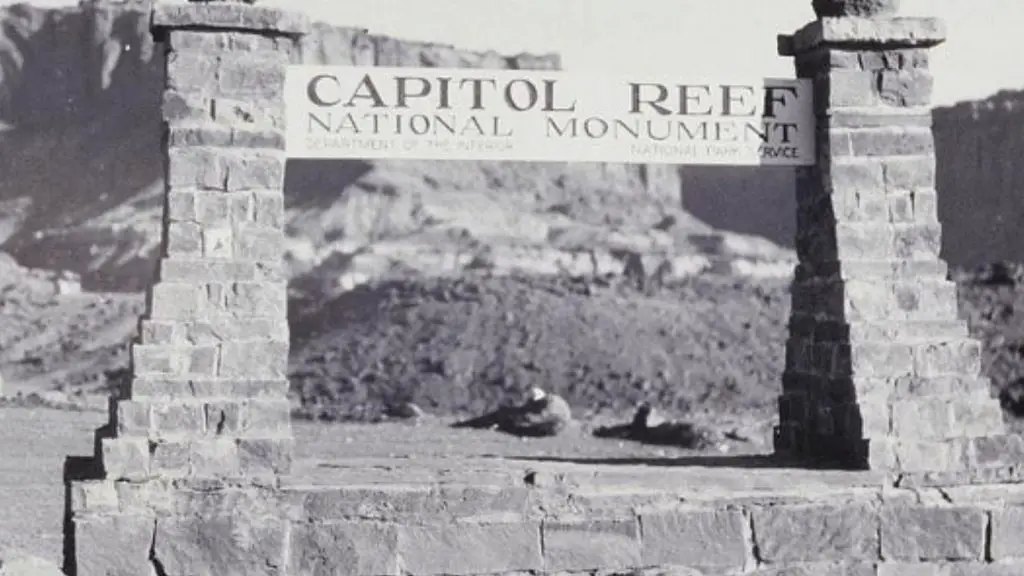
The park is named for a white sandstone formation that resembles the U.S. Capitol building. On a warm autumn day, the crisp leaves crunch underfoot as you walk through the iron gates of Capitol Hill Park. The park is named for a white sandstone formation that resembles the U.S. Capitol building.
The imposing stone structure was once used as a prison, but today it is open to the public and popular for picnics and outdoor concerts. A large green lawn stretches out in front of the Capitol, and several benches provide a place to rest and take in the view.
The park also features a playground, basketball courts, and walking paths. Capitol Reef National Park is a beautiful and underrated National Park in Utah. The park is full of canyons, cliffs, and domes, making for some amazing scenery.
One of the best ways to enjoy the park is by hiking one of the many trails that wind through it.
With its stunning red sandstone cliffs and abundant wildlife, it’s easy to see why this park has been designated a UNESCO World Heritage Site. The park is also known for its natural arches and canyons, including the iconic Bryce Canyon and Zion national parks.
Whether you’re looking to explore on your own or take a guided tour, there’s something for everyone at Capitol Reef National Park.
Geographical Importance of Capitol Reef National Park
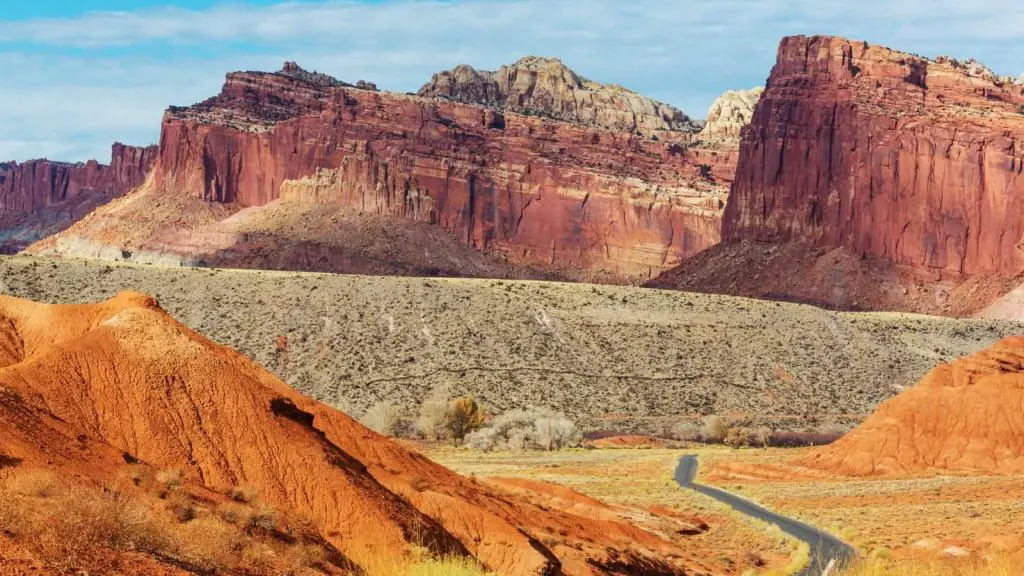
Capitol Reef National Park is in southern Utah. It is famous for its colorful landscape and rich history. The Fremont people first inhabited the region. Ancient petroglyphs you can still see in the park today.
Capitol Reef is also home to various plant and animal life, including the endangered desert tortoise. Geologically, the park is important because it contains some of the oldest exposed rocks in North America. The rocks here provide scientists with insight into the Earth’s early history.
In addition, the park’s geographical features are unique; for example, the Waterpocket Fold, a massive monocline that stretches for over 100 miles. You can view the capitol reef national park map for more details.
It is a place for both scientific research and recreation. Students and researchers come here to study nature.
They can enjoy hiking, Camping, and wildlife watching in this beautiful and fascinating place. You can contact capitol reef national park visitor center in case of any issues.
The climate of Capital Reef
The park is characterized by a dry, desert climate with hot summers and cold winters. Precipitation is relatively low, averaging less than 10 inches per year.
However, the park receives significant snowfall in the winter months. This heavy snowfall is due to the park’s location in the rain shadow of the Wasatch Mountains.
Despite the low precipitation levels, the park is home to a diverse array of plant and animal life. The climate of Capital Reef National Park provides an ideal habitat for species such as bighorn sheep, desert tortoises, and Joshua trees.
Flora and Fauna
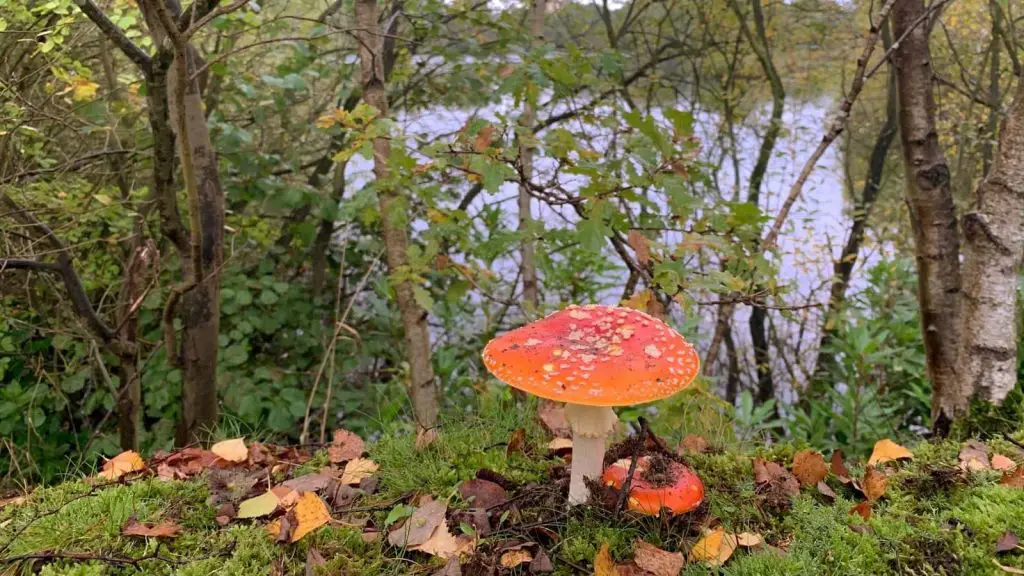
Capitol Reef has a variety of plants and animals, including the endangered Colorado River cutthroat trout.
The park is the hub for different animals and plants, including the endangered Colorado River Cutthroat Trout. You can view capitol reef national park photos online before planning.
The cutthroat river trout is only found in 10 locations in the world, and four of those are in Utah.
The trout is beautiful and threatened, and the park works hard to protect it. The park is also home to various other plant and animal species, including deer, elk, bighorn sheep, rabbits, snakes, lizards, and spiders.
The vegetation in the park ranges from desert scrub to pinyon-juniper woodland to alpine tundra.
There are over 1,000 different species of plants in the park. The Capitol Reef National Park is a beautiful place with a rich history and abundant natural resources.
The top 5 things to do in capitol reef national park
Capitol Reef National Park is one of the most underrated national parks in the United States. Located in Utah, this beautiful park is known for its red rock cliffs and canyons.
Although it may not be as well-known as other parks like Yellowstone or the Grand Canyon, Capitol Reef has plenty to offer visitors. There is a capitol reef national park visitor center facility in case of emergency.
Here are five of the best things to do in capitol reef national park:
1. Hike through Capitol Gorge
Capitol Gorge is a narrow canyon that provides a nice respite from the day’s heat. The capitol reef national park hike is only about two miles round trip, but it includes some steep sections and can be challenging. Be sure to bring plenty of water and wear good hiking shoes.
2. Drive the Scenic Drive
The Scenic Drive is a seven-mile road that winds through the heart of Capitol Reef National Park. Along the way, you’ll see amazing capitol reef national park photos of the cliffs and canyons. The drive takes about 30 minutes, so it’s a great way to see the park if you don’t have much time.
3. Visit Chimney Rock
Chimney Rock is a good option if you’re looking for easy capitol reef national park hikes with great views. The trailhead is near the Visitor Center, and the hike is only about half a mile round trip. From the top of Chimney Rock, you’ll have stunning views of the surrounding area.
4. Go Camping
Camping is a great way to experience all that Capitol Reef has to offer. Several campgrounds are located throughout the park, so you can find one that suits your needs.
Whether you’re looking for an RV site or a primitive campsite, you’re sure to find what you’re looking for in Capitol Reef National Park.
5. Take a ranger-led tour
Ranger-led tours are a great way to learn more about Capitol Reef National Park and its history. Tours are offered daily, covering topics like geology, archaeology, and plant life. Rangers are also happy to answer any questions about the park.
Best hikes in capitol reef
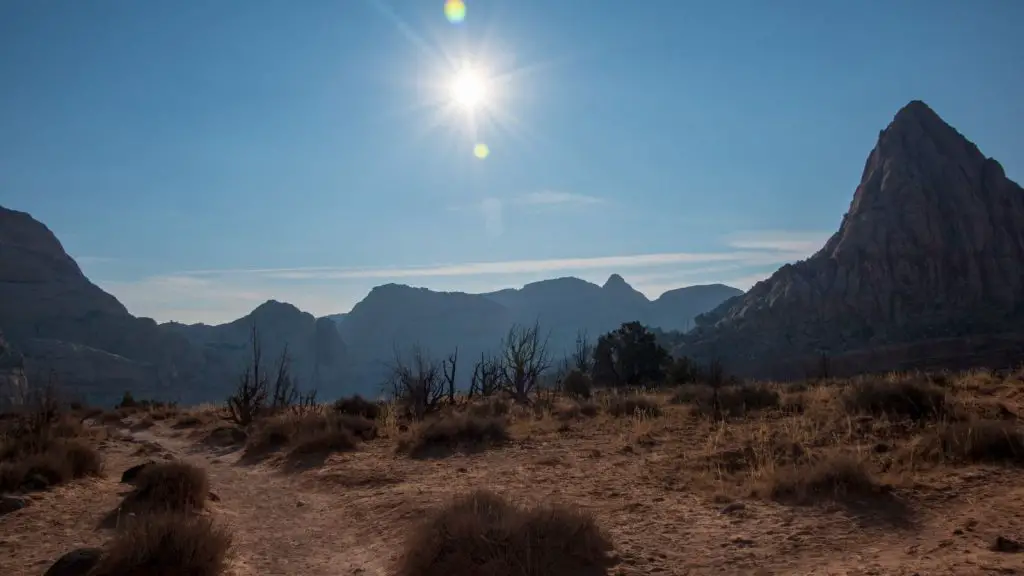
For those looking for a challenge, the Waterpocket Fold is a must-do. It’s a 16-mile round trip and can be done in two to three days. The hike takes you through canyons, over cliffs, and across slot canyons.
It’s an incredibly strenuous hike, but the views are more than worth it. Upper Muley Twist is a great option for those looking for a shorter hike.
It’s only four miles round trip and takes you through some of the most scenic parts of Capitol Reef. No matter your hiking level, Capitol Reef has a hike that’s perfect for you.
Insider tips for making the most of your visit to Capitol Reef
If you’re planning a visit to Capitol Reef National Park, you can do a few things to help make the most of your trip.
One of the best ways to experience the park is to take a hike. There are trails of varying lengths and difficulty levels, so there’s something for everyone. Be sure to pack plenty of water and snacks, and wear comfortable shoes.
Another great way to explore Capitol Reef is by taking a scenic drive. The park has several designated routes that offer stunning views of the landscape. It’s best to get out of the car and take a short walk around.
And finally, be sure to stop by the visitor center and attend one of the ranger-led programs. These programs are a great way to learn about Capitol Reef and its history.
Following these insider tips will make you a memorable trip to Capitol Reef National Park. All these details will give the idea of why Capitol Reef should be your next road trip destination or not.
Where to stay, eat, and drink near Capitol Reef National Park

However, if you’re looking for a more comfortable experience, there are also several great options for lodging, dining, and drinking near the park.
The Capitol Reef Resort is a great choice for those who want the convenience of on-site amenities like restaurants and shops.
The Fruita Campground offers RV hookups and Tent sites nestled among hundred-year-old trees for something a little more rustic. And no matter where you stay, check out one of the area’s many great breweries or vineyards.
The Gwardamanga Wine Company produces some excellent reds, while the Desert Edge Brewery has a delicious IPA perfect for quenching your thirst after a long day of exploring.
Whatever your tastes, there’s sure to be something to please everyone near Capitol Reef National Park.
Best capitol reef national park hotels
Zion National Park is one of the most popular national parks in the United States. Zion is known for its stunning red rock cliffs and canyons in southern Utah.
The park receives nearly four million visitors each year, and many of them stay in one of the nearby towns, such as Springdale or Hurricane. If you’re planning a trip to Zion National Park, here are some of the best capitol reef national park hotels in the area.
The SpringHill Suites Springdale Zion National Park is located just outside the park boundary, making it a convenient place to stay if you’re planning to spend most of your time exploring Zion.
The hotel offers suites with kitchenettes and private balconies with views of the surrounding mountains. Other amenities include an outdoor pool, a fitness center, and a complimentary breakfast buffet.
The Best Western Premier Ruby’s Inn is another great option if you’re looking for convenience. Ruby’s Inn is located just one mile from the park entrance and offers various accommodation options to suit every budget.
As well as standard rooms, Ruby’s Inn has apartments and cabins that are perfect for families or groups. Guests can enjoy free WiFi, an outdoor pool, and a complimentary continental breakfast each morning.
If you’re looking for somewhere special to celebrate a special occasion, look no further than the Under Canvas Zion glamping resort. Located just minutes from Zion National Park, Under Canvas offers luxury camping experiences in safari-style tents with en-suite bathrooms and king-size beds.
Guests can also enjoy access to a communal lounge area with a fireplace, a swimming pool, and a hot tub. Breakfast is included in the room rate, and an on-site restaurant serves lunch and dinner.
How to get to Capitol
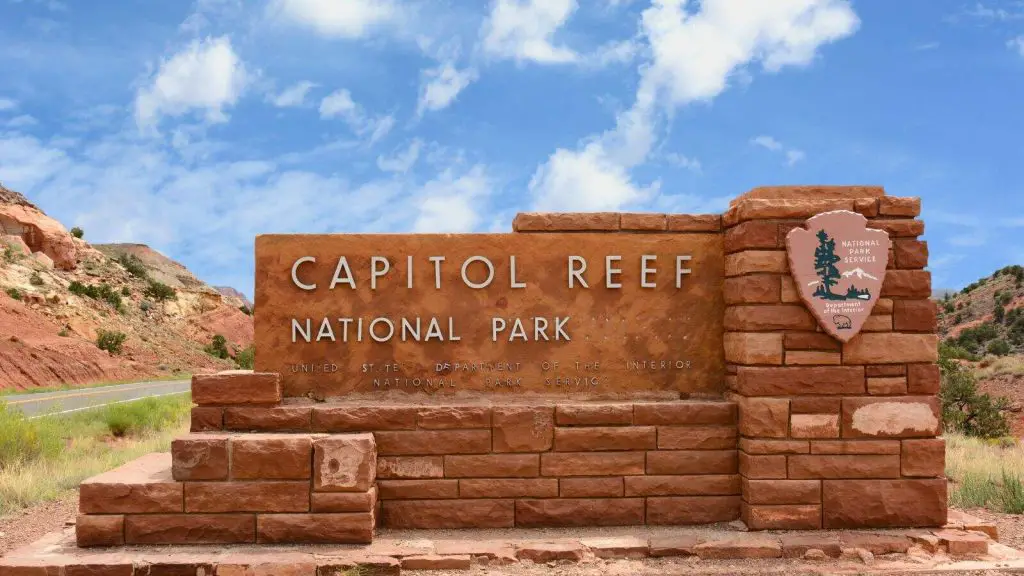
Capitol Reef National Park is home to various rock formations, canyons, and desert landscapes. While it may seem daunting to get there, Capitol Reef National Park is quite easy to reach.
The park is just off Highway 24, which runs through the heart of Utah. Additionally, several major airports are located nearby, making it easy to fly into the area.
Once you arrive at Capitol Reef National Park, you’ll be able to enjoy hiking, Camping, and many other outdoor activities. With its stunning scenery and abundant wildlife, Capitol Reef National Park is an unforgettable destination for any traveler.
FAQs on why Capitol Reef should be your next road trip destination
Q1. Why should you visit Capitol Reef National Park?
Capitol Reef National Park is home to an incredible array of geological features, including sandstone monoliths, canyons, and petrified forests. In addition, the park is home to various plant and animal life, making it a great place for wildlife watching.
Whether you’re interested in hiking, Camping, or simply exploring the incredible landscape, Capitol Reef National Park is worth a visit.
Q2. What is so special about capitol reef national park?
The park is also home to a wide variety of plant and animal life, including several endangered species. In addition, Capitol Reef National Park is one of the few places in the world where you can still see evidence of the ancient Native American cultures that once thrived in this region.
Capitol Reef National Park is sure to delight if you are looking for a place to hike, camp, or take in the scenery.
Q3. How to visit Canyonlands and capitol reef in one day?
Visiting Canyonlands and Capitol Reef in one day is possible if you are willing to get up early and drive a lot. Canyonlands National Park is in southeastern Utah, while Capitol Reef National Park is in southwestern Utah.
The two parks are about four hours apart by car. If you start your day early, you can explore Canyonlands for a few hours before driving to Capitol Reef. Once you arrive at Capitol Reef, you can hike through the park to see the amazing sandstone formations.
If you have time, you can also drive to the Grand Staircase-Escalante National Monument between Canyonlands and Capitol Reef.
Although it is impossible to see everything in these three parks in one day, it is possible to get a taste of each one by spending a few hours in each park.
Q4. Is it possible to visit Bryce canyon and capitol reef in one day?
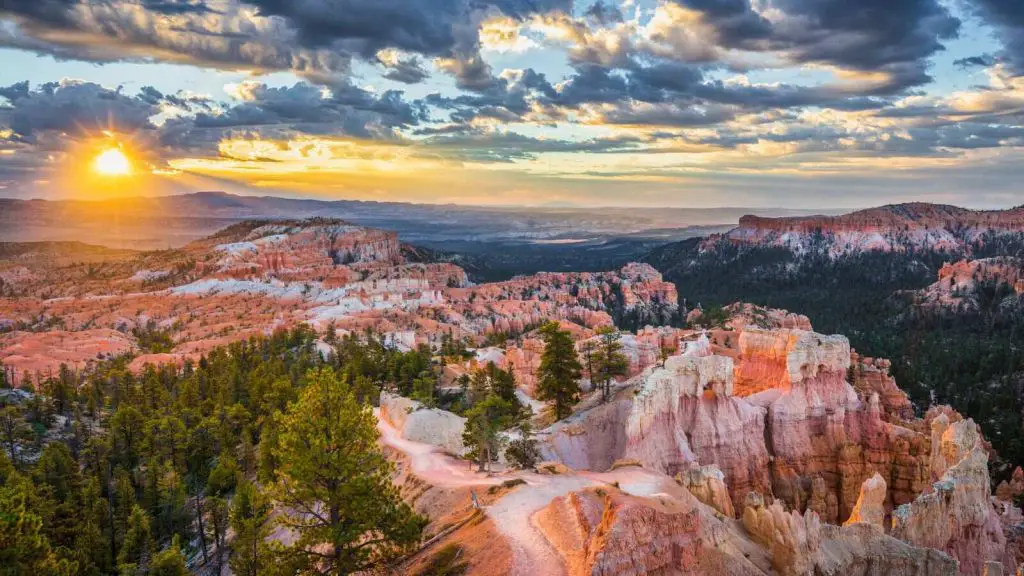
While it is possible to visit Bryce Canyon and Capitol Reef in one day, it is not recommended. These two parks are located in different parts of Utah, and the drive between them can take several hours.
Furthermore, both parks offer a wide range of activities and attractions, and trying to see everything in one day is likely frustrating. Instead, it is better to focus on one park per day.
That way, you can enjoy your visit without feeling rushed. Of course, Bryce Canyon and Capitol Reef are still worth seeing if you only have one day available. Just be sure to give yourself enough time to explore and appreciate all these stunning parks offer.
Q5. Is Capitol Reef worth the trip?
Capitol Reef National Park is often overshadowed by its more popular neighbors, Zion and Bryce Canyon. However, Capitol Reef is a unique and beautiful destination in its own right and well worth the trip for anyone who loves nature and history.
The park is located in south-central Utah and is named for the White Cliffs of the Capitol Reef, which rise sharply from the desert floor.
The cliffs are home to a wide variety of plant and animal life, including some found nowhere else on Earth. In addition to its dramatic geology, Capitol Reef is also home to a wealth of human history.
The Fremont people lived in the area for centuries, and their petroglyphs can still be seen in the rocks today. More recent settlers also left their mark, with homesteads dotting the landscape.
Today, visitors can enjoy hiking, Camping, and wildlife watching in this amazing place. So if you’re looking for an off-the-beaten-path destination with plenty to offer, put Capitol Reef at the top of your list.
Q6. What to do in capitol reef national park?
Capitol Reef National Park is a stunning part of Utah’s landscape, and plenty of activities keep visitors busy. Read our tips below if you want to know what to do in capitol reef national park.
Hiking is a popular activity, and many trails of varying difficulty levels exist to explore for those looking for a more challenging hike; the water pocket Foldis a must-see. This trail takes hikers through a slot canyon and up to a spectacular view of the area.
Rock climbing and canyoneering are also popular activities in the park. Several Guided Canyoneering Trips are available, which is a great way for beginners to experience this thrilling activity.
Other activities in the park include ranger-led programs, stargazing, and wildlife watching. Capitol Reef National Park is a great destination for any adventurer with so much to do.

